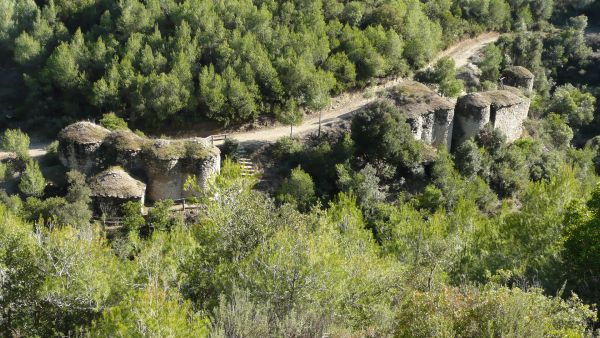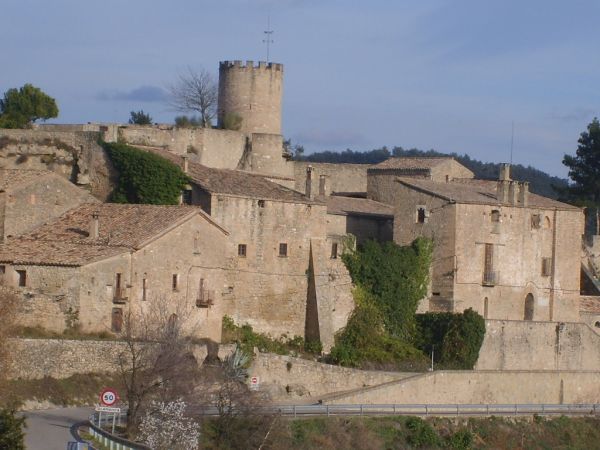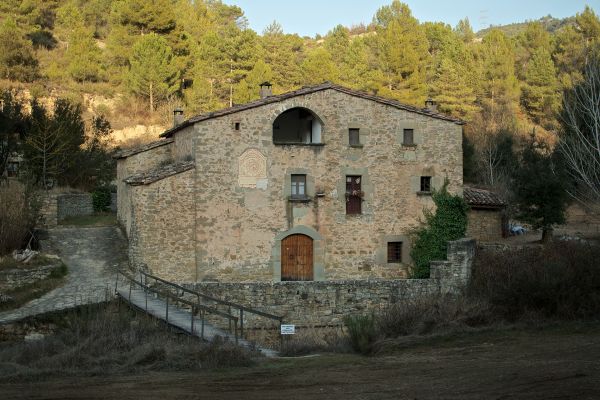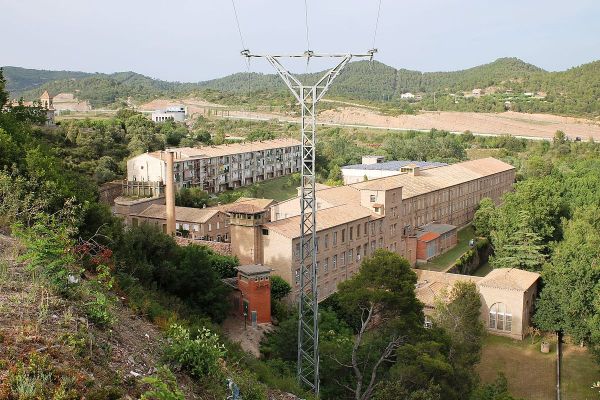Before visiting the winery of
Bages, it is worth entering the
Valls de Montcau and taking a look at the isolated
wine vats and "
barraques de vi" (vineyard huts).These are
traditional dry stone, handcrafted circular
constructions, which we can find alone or in a group, scattered around the fields.
Particularly worth seeing are the
vats of Solanes, between the thermal springs of Pont de Vilomara and Rocafort, the
Vats of Tosques, located in the Flequer valley and the set of the
Escudelleta, at the thermal spring of Rocafort, consisting of eleven vats and seven adjoining huts. Perfectly integrated into the landscape, these agricultural constructions made by the
peasants themselves at the end of the 19th century represent the "archaeology" of the modern wineries.
Following the route, we visit the
masia Roqueta (country house), in the medieval municipality of Santa Maria d’Horta d’Avinyó. Its
basements still conserve the aroma of the wine that has been produced there for centuries.
A WALK THROUGH THE MEDIEVAL ROMANESQUEWe will visit the village of
Talamanca with its cobbled streets. In the
castle or
Molí del Menut (small mill), another medieval farmhouse, we will see the old press and the vats used to make wine, the water mill for grinding the grain and cattle pens.
Near Talamanca we will find some
cooperative wineries of the area, such as those of the Agricultural Union of Santpedor and that of Salelles, in addition to the old distillery of Can Forrellat in Castellbell and Vilar.
THE COLONIES OF LLOBREGATFurther to the
north we find other testimonies of Catalonia's
industrial past. Following the course of the River Llobregat we can visit the
Colònia Vidal, that of
Viladomiu,
Cal Marçal and
Cal Rosal, among others. All without forgetting the medieval touch provided by the Romanesque church of
Saint Vicenç Obiols and the
Orniu bridge.
Have we managed to inspire you? If you have any other interesting suggestions please send them to us on Facebook or publish your photos on Instagram with the hashtag #patrimonicultural. 


